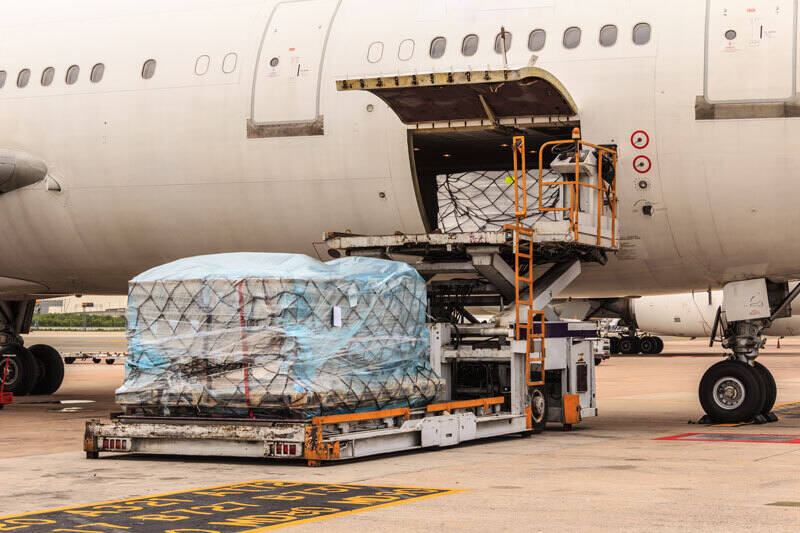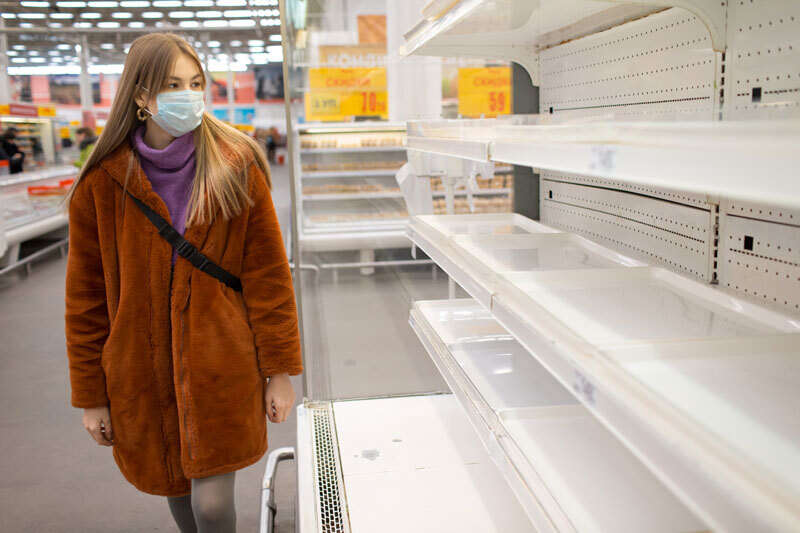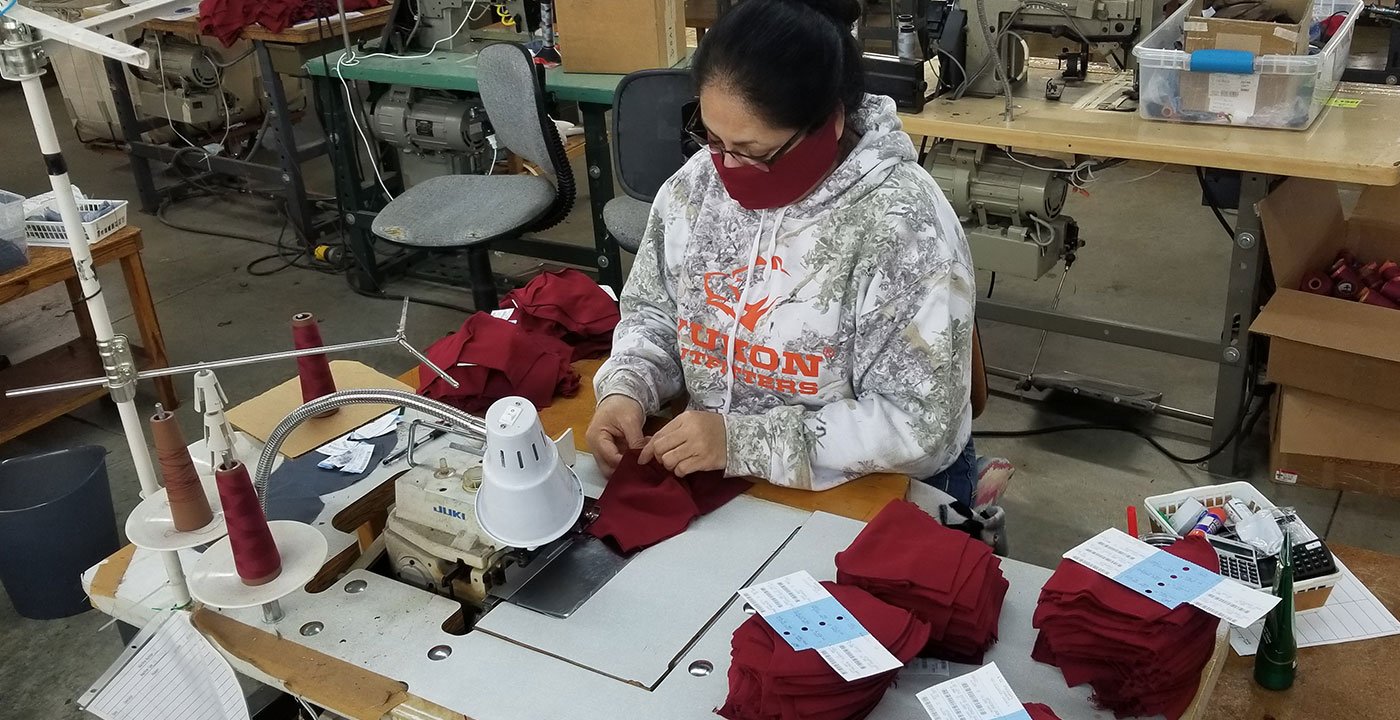This will certainly go down in history as one of the most challenging years shippers have ever faced. However, it is the events that may unfold in the months ahead that will be written about in articles and industry textbooks for years and even decades to come.
As laboratories around the world race to create a COVID-19 vaccine, global supply chains will face new
strains as lifesaving vaccines eventually take capacity precedence within multiple modes of transportation. To meet the vaccine needs of a global population of nearly 8 billion, including nearly 330 million Americans, vast amounts of raw materials and finished vaccines will increasingly take up supply chain resources.
Capacity Constraints In The Sky

One mode of the supply chain that is predicted to take the brunt of the impact is air services. Before the pandemic hit, finding capacity for air cargo was not a critical challenge for most shippers. In many cases, air cargo traditionally is a last-resort option for supply chain emergencies and expedited needs. The pandemic, however, led to vast disruptions to the flow of international cargo on the ocean.
As a result, many importers and exporters turned to air cargo services to overcome the challenge of finding
capacity on the water. The surge in demand for air space caused rates to skyrocket to historical numbers. In April, rates soared as high as seven times the cost of just a few months prior.
The demand from governments around the world for vaccines, when they are available, is predicted to lead
to significantly tighter air cargo space than before. By then, hopefully capacity and service on the water will
return to levels that will better accommodate the needs of traditional shippers.
Potential Impact On The Cold Chain

Unlike standard dry freight, vaccines must be kept stored and transported within a certain temperature
range all the way from production to the patient. When vaccines hit the ground, temperature-controlled ground transportation and storage will be a necessity for proper distribution.
In terms of the ability for suppliers to meet the expected high demand for vaccines, shippers may experience peaks and valleys with capacity and rates. It is expected that more vulnerable communities, such as the elderly and health-compromised, will be the first groups to receive vaccines. As time progresses and the pharmaceutical industry improves the efficiency and speed of production, capacity constraints may last longer.
In addition, other traditional and seasonal vaccines, such as those that treat the flu, will also add to periodic
fluctuations in available freight space and service.
Learning From Earlier Disruptions

One of the key issues that many shippers faced early in the pandemic was the inability to acquire raw materials and products. While the media coverage often focused on the lack of toilet paper and hand sanitizer in grocery stores, many other industries (particularly in the retail space) were also put in a bind.
In previous years, the just-in-time supply chain strategy of keeping minimal inventory on hand was widely embraced as a method to keep operations leaner and at lower costs. However, many shippers discovered
that not having enough inventory to meet consumer demand during the early stages of the pandemic resulted in significant declines in sales. Even with the ability to safely sell products online, many were caught completely off guard.
Preparing For Round 2

If the distribution of vaccines leads to the level of disruptions to supply chains that many analysts predict,
shippers should be working closely with their service providers to plan ahead while they can.
Rethinking current inventory management strategies could be the key to meeting consumer demand in the
months ahead. Making overseas purchase orders ahead of time and building up a safeguard of inventory
in warehouses within key markets will enable many shippers to weather a potential logistics storm.
Throughout the pandemic, Averitt Distribution and Fulfillment Solutions has been used by numerous
shippers to maintain and distribute products efficiently and safely. With more than 20 distribution centers and more than 2 million square feet of space, Averitt has been able to provide shippers with complete supply chain solutions all the way from overseas origins to store shelves and customer homes.
Additionally, when it comes to domestic ground transportation, partnering with a service provider such as
Averitt that can deliver both asset- and brokerage-based solutions will only enhance a company’s ability to find the capacity and service it needs for its temperature-sensitive freight needs. Averitt’s Climate-Controlled LTL service, for example, maintains precise temperatures and humidity control within a specialized shipping unit, regardless of the conditions inside the trailer.
Discussions about supply chain disruptions occur all the time, but no one in the industry could have predicted COVID-19. With a potential vaccine disruption looming on the horizon, will more shippers rethink their strategies to avoid a repeat?
Averitt is a leading supply chain and logistics solutions provider. With 20+ distribution centers and more than 2,000,000 sq. ft of warehousing space, Averitt can help you avoid supply chain disruptions with customized solutions.








